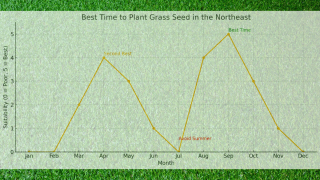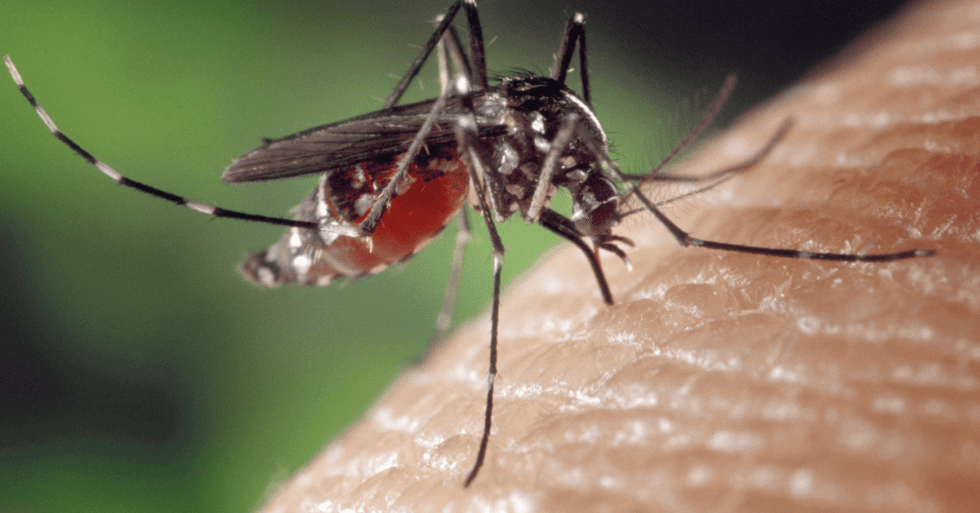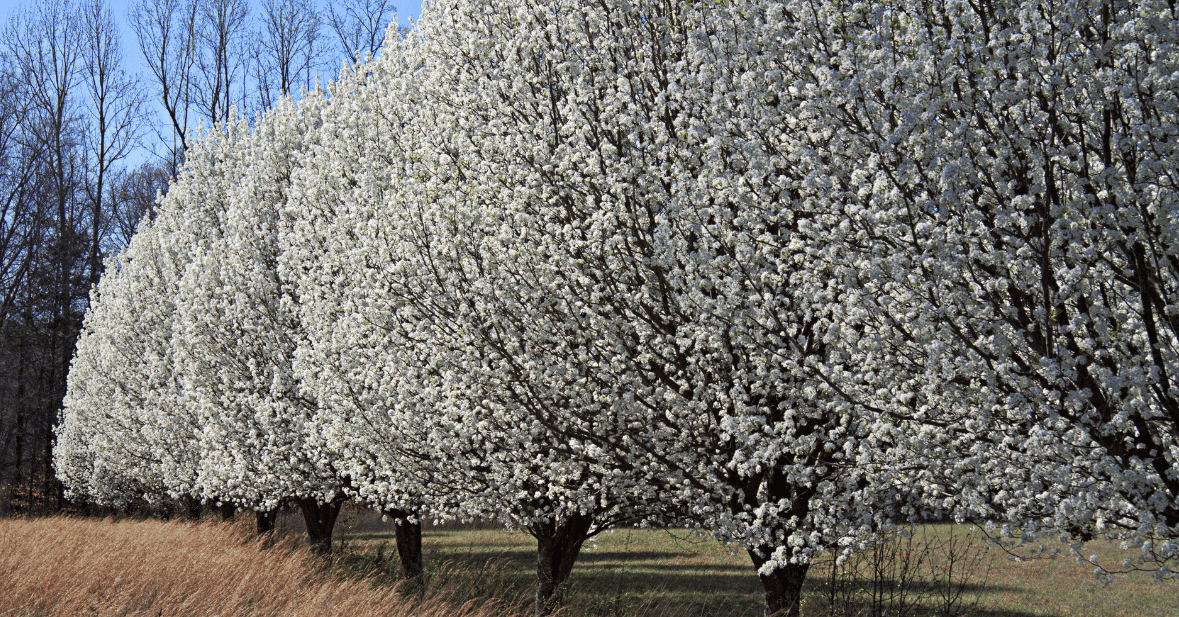Planting grass seed might seem simple. But timing is everything. If you want a thick, green lawn, you need to plant at the right time. In the Northeast, the weather plays a big role. Cold winters and hot summers can stress new grass. So, when is the best time to plant grass seed in the Northeast?
At Strobert Tree Services, we know the land. Our certified arborists help homeowners keep their yards healthy year-round. Here's what you need to know about planting grass seed in the Northeast.
Fall is the Best Time to Plant Grass Seed
Early fall is the best time to plant grass seed in the Northeast. The ideal window is from mid-August through mid-October.
Why fall? Several reasons:
- The soil is still warm from summer.
- Cooler air temperatures reduce stress on young grass.
- Weeds start to die off, so grass has less competition.
- There’s usually more rain, which helps with germination.
Cool-season grasses, like Kentucky bluegrass, fescue, and ryegrass, thrive in fall. These types grow best in the Northeast and need time to take root before winter hits.
What Happens If You Plant Too Late?
If you plant too late in the fall, frost can kill your new grass. Grass seed needs about 4 to 6 weeks of good weather to establish roots. Once the ground freezes, growth stops.
To be safe, plant at least a month before the first expected frost. In most of the Northeast, that's around mid-October.
What About Spring?
Spring is the second-best time to plant grass seed in the Northeast.
The ideal time is mid-March through May, depending on where you live. But spring has challenges:
- Soil can be cold or soggy.
- Weeds like crabgrass grow fast and compete with young grass.
- Heavy rain can wash away seeds.
If you choose to plant in spring, make sure the soil is dry enough to work. Use a weed control product designed for new lawns if needed.
Avoid Summer Planting
Do not plant grass seed in summer if you can avoid it.
Summer is hot and dry. New grass needs lots of water. If you miss a day, the sun can scorch it. Also, summer weeds grow fast and take over.
Unless you're using sod or have an irrigation system, summer planting is risky.
How to Prepare Your Lawn
No matter when you plant, prep work is key. Here’s a quick checklist:
- Clear debris. Rake up sticks, leaves, and dead grass.
- Test your soil. Make sure the pH is between 6.0 and 7.0.
- Loosen the soil. Use a rake or aerator to break up hard ground.
- Add compost. This gives the seed nutrients to grow.
- Spread seed evenly. Use a spreader for best results.
- Rake lightly. Cover the seed with a thin layer of soil.
- Water gently. Keep the top inch of soil moist until the grass sprouts.
Watering Tips
- New grass seed needs regular water.
- Water twice a day for the first two weeks.
- After sprouts appear, reduce to once a day.
- After 4–6 weeks, water 2–3 times per week.
Early morning is best. Avoid watering in the evening to prevent disease.
When Will You See Growth?
Most grass seed takes 7 to 21 days to sprout. But that depends on the type.
- Ryegrass: 5–10 days
- Fescue: 7–14 days
- Kentucky bluegrass: 14–30 days
Be patient. Keep watering, and don’t mow until the grass is at least 3 inches tall.
Overseeding Considerations
Overseeding is one of the easiest ways to improve your lawn without starting from scratch. If your grass looks thin or patchy, adding more seed helps fill it in and crowd out weeds. In the Northeast and similar regions, early fall is the best time to overseed. The warm soil and cool air create the perfect setting for new grass to grow. Spring is another option, but you'll need to watch out for weeds and unpredictable weather. Overseeding works best when paired with good lawn care habits—like watering regularly and mowing at the right height. Whether you’re in the Northeast or another cool-season region, timing and consistency make all the difference.
Regional Planting Differences
The best time to plant grass seed depends on where you live. In the Northeast, the timing is different from other parts of the country because of regional weather elements like cold winters, wet springs, and hot, humid summers. These conditions favor cool season grasses such as fescue, ryegrass, and Kentucky bluegrass. In contrast, warm season grasses, which thrive in places like the South, need hotter temperatures and are planted later in the year. Knowing your region helps you pick the right grass and the right time to plant it.
Call the Pros for Help
At Strobert Tree Services, we do more than trees. Our certified arborists can help with lawn care, tick prevention, and plant health. We know how to keep your yard in top shape.
We also offer:
- Tree pruning and removal
- Soil and root health checks
- Insect and disease control
Want a thick, green lawn? Start with the right time to seed. And let our team handle the rest.
Final Thoughts
So, what’s the best time to plant grass seed in the Northeast?
Early fall is best. Aim for mid-August to mid-October. If you miss that window, try early spring. Avoid summer if possible.
Healthy grass starts with smart timing and good care. And when you need expert help, we’re just a call away.
Contact Strobert Tree Services
If you’re ready to improve your yard, now’s the time to act. Whether you need help planting grass, protecting against ticks, or caring for trees and plants, Strobert Tree Services has you covered. Our certified arborists offer expert lawn care guidance, safe tree pruning and removal, and proven tree and plant healthcare solutions. We’re here to make your yard healthy and beautiful. Contact Strobert Tree Services today and get the support you need from a team that truly cares.











